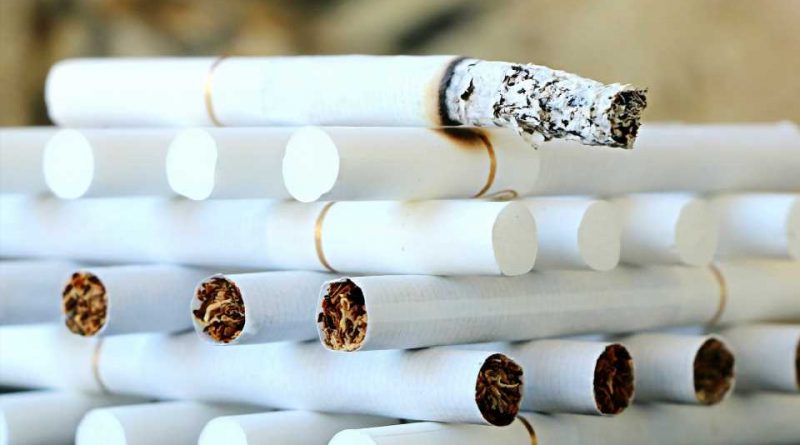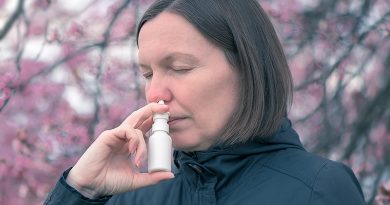Study finds proportion of smokers duty free tobacco purchases in England have tripled since 2019

The proportion of smokers’ duty free tobacco purchases in England has tripled since 2019, rising from just over 5% to just over 16%, but there’s been no reported change in black market purchases, reveals a time-trends analysis published online in the journal Tobacco Control.
Between 2002 and 2014, between 12% and 20% of UK adult smokers said their last tobacco purchase had been from a low or untaxed source. And smokers who buy their tobacco from low/untaxed sources—and those who switch to cheaper products—are less likely to try to quit smoking than those who continue to pay the full price, explain the researchers.
They were therefore keen to find out if the significant social and economic changes in England, prompted by Brexit rule changes on permissible tobacco purchases for personal use, the social and travel restrictions imposed by the COVID-19 pandemic, and the cost of living crisis, had affected these purchasing patterns.
They drew on respondents to The Smoking Toolkit Study, a nationally representative monthly cross-sectional survey in England.
For the current study, they used data from 11,232 adults who had smoked in the past year, analyzing changes between February 2019—a year before the UK formally left the European Union—and October 2022, the most recent data available on source of purchase at the time of the analysis.
Just over 46% of the respondents were women and more than half (58%) of the total belonged to social grades C2 (skilled manual jobs) or DE (semi-skilled and unskilled manual jobs; unemployed). Their average age was 42.
Analysis of the responses showed that the proportion of respondents reporting duty free tobacco purchases rose from just over 5% in February 2019 to just over 16% in October 2022.
Although this trend was observed across all social grades, the prevalence was higher, and the changes more noticeable among those from ABC1 (professional/managerial/supervisory jobs) social grades than among those from social grades C2DE.
The proportion of respondents who said they had bought on the black market didn’t change significantly, rising from just over 9% to just over 14% between February 2019 and November 2020, then falling back to 8.5% by October 2022.
Prevalence was higher among less advantaged social grades (C2DE), but time trends didn’t differ significantly by social grade.
The researchers acknowledge several limitations to their findings. All the data were self-reported and related to purchases within the preceding six months, introducing scope for reporting and recall bias. Nor were participants asked about the frequency or quantity of tobacco purchases so no distinction could be made between occasional and regular use of these cost cutting strategies.
But they nevertheless conclude, “A rise in cross-border [duty free] tobacco purchasing is a cause for concern given people who use cheap tobacco are less likely to try to quit smoking.”
And they suggest, “Policy measures that reduce access to cheaper sources of tobacco could help increase the rate of quit attempts among those who smoke and accelerate progress towards the government’s Smoke free 2030 target.”
More information:
Trends in cross-border and illicit tobacco purchases among people who smoke in England, 2019–2022, Tobacco Control (2023). DOI: 10.1136/tc-2023-057991
Journal information:
Tobacco Control
Source: Read Full Article



